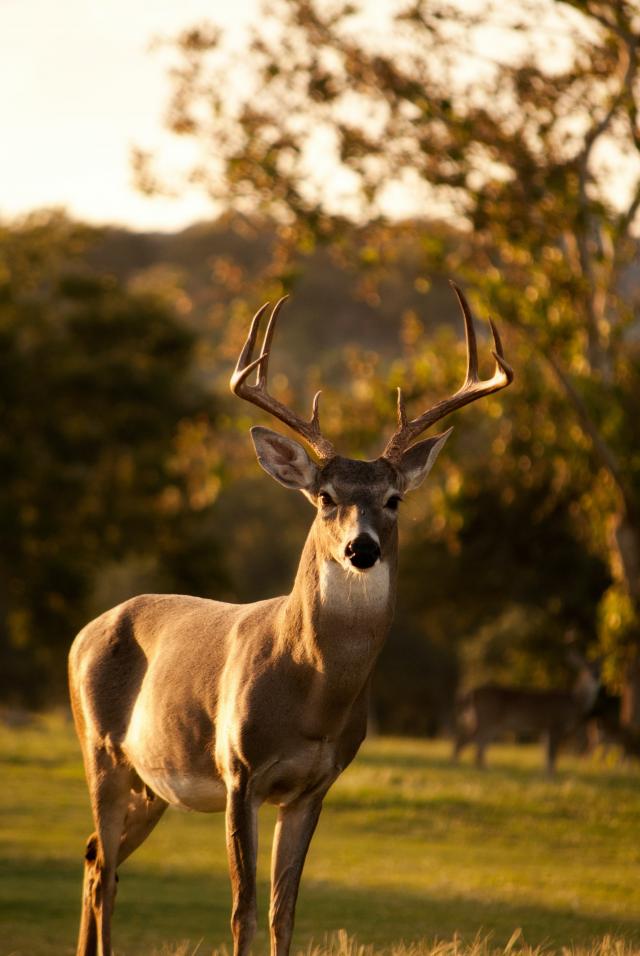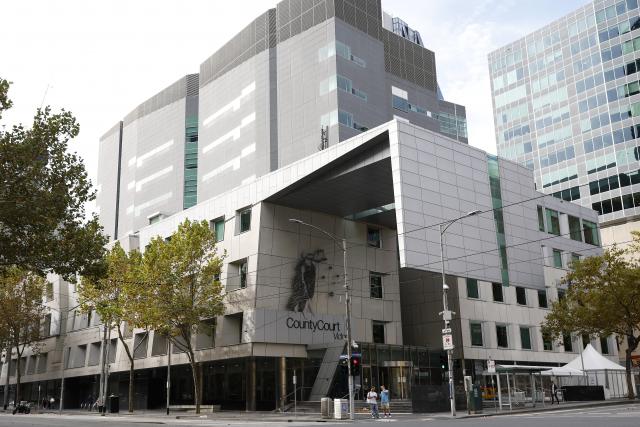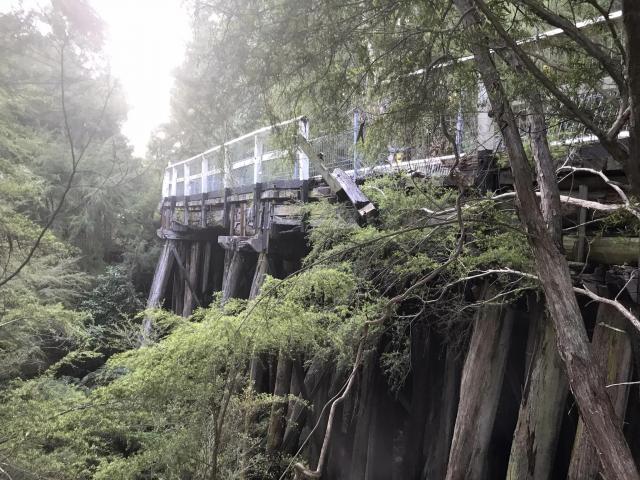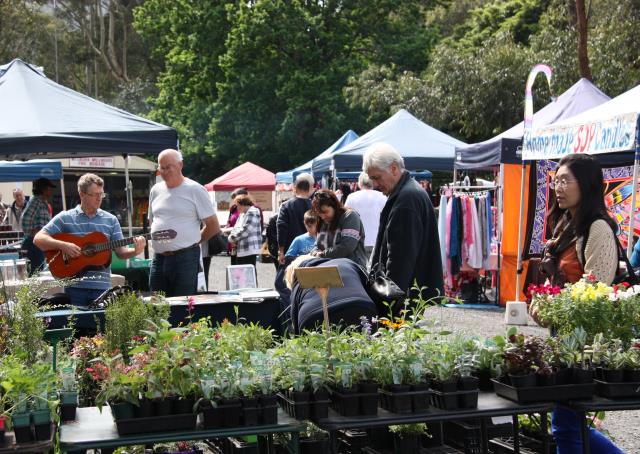Residents of Warburton have recently expressed concern over the increase in feral deer causing damage in the area.
Hunters are taking it upon themselves to shoot the deer, and the loud gunshots are leaving nearby residents terrified of a bullet striking their house, pets or family when shooters stray too close to private property.
The Department of Environment, Land, and Water Planning (DELWP) is in charge of deer control in Victoria and a spokesperson said measures are being undertaken to reduce deer populations.
“Total numbers are not known but it is estimated that there are possibly up to 1 million wild deer or more in Victoria,” said the spokesperson.
“To reduce the significant environmental impact of deer we are implementing the Victorian Deer Control Strategy to manage impacts across Victoria over four years and regional control programs each year. “
The 2020/21 State Budget provided a total of $18.2 million over four years and $4.4 million per year ongoing for the development and implementation of regional deer control plans under the Victorian Deer Control Strategy.
Most of the funding will be used to deliver deer control activities to reduce the impacts of deer.
Wild deer tend to graze on native plants or on gardens in backyards and often wander out onto roads from the forested areas surrounding Warburton causing drivers to swerve dangerously to avoid striking a deer caught in headlights.
DELWP is working with Parks Victoria, Melbourne Water, and peri-urban councils to address the issue of rising deer numbers across the outer eastern suburbs of Melbourne. A range of deer control, monitoring, and fencing programs funded by DELWP has already been undertaken across these areas including in the Yellingbo Conservation Area, Bunyip State Park, Tarago Reservoir and in private properties along the border of public land areas.
The Arthur Rylah Institute for Environmental Research has also been engaged to undertake a research project under the Victorian Deer Control Program. This includes an assessment of the abundance and distribution of the major deer species (Sambar, Fallow, Red, Hog) at sub-regional, regional, and state-wide scales. Data will be collected and monitored over time and used to assess trends in the distribution of deer populations.







